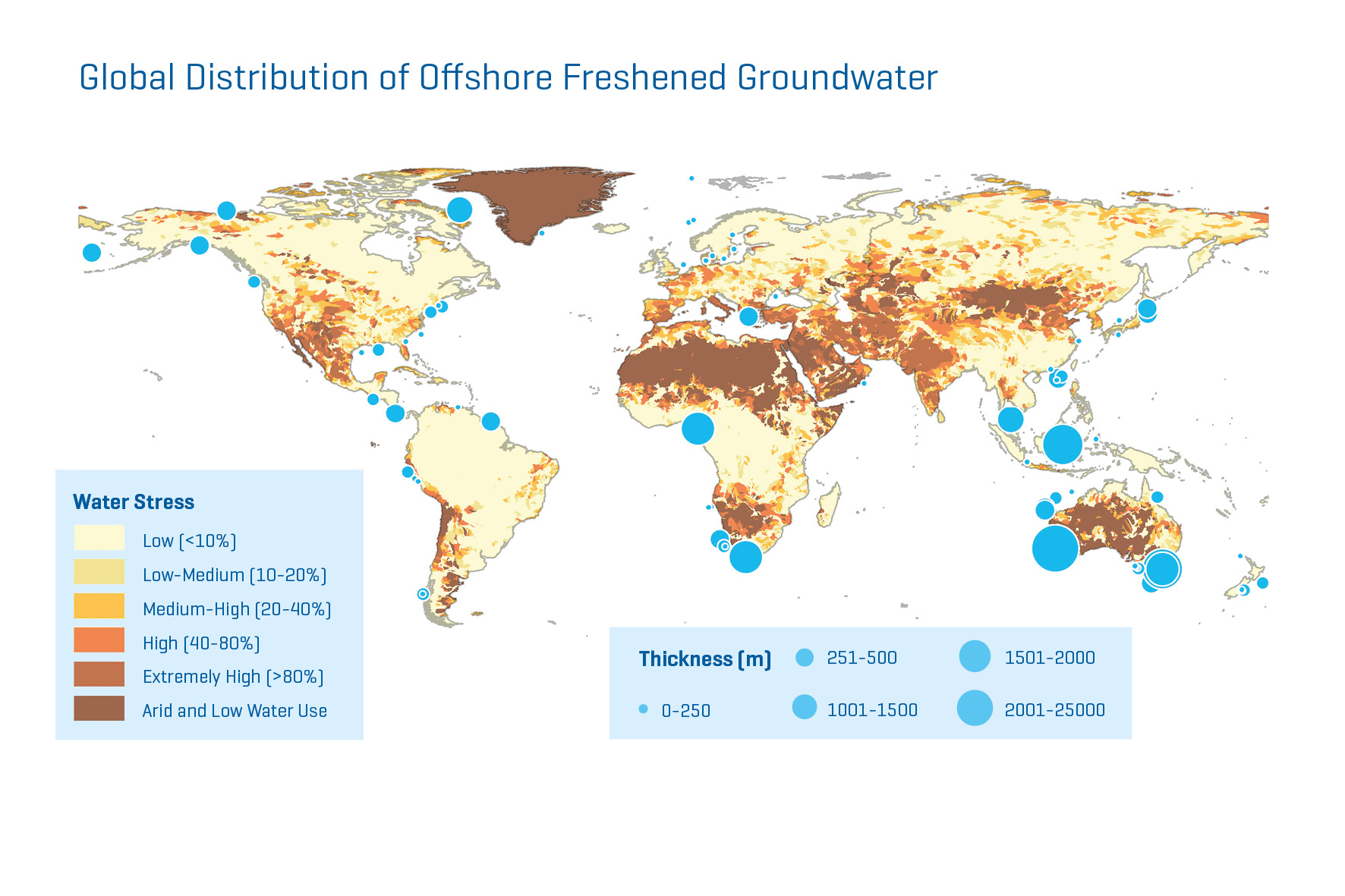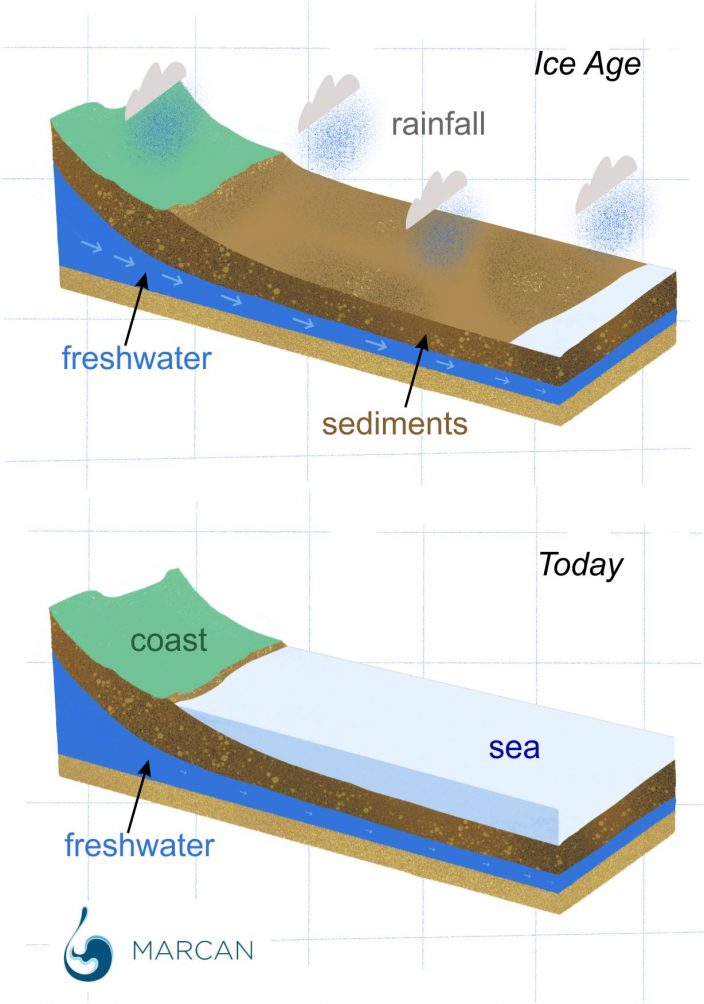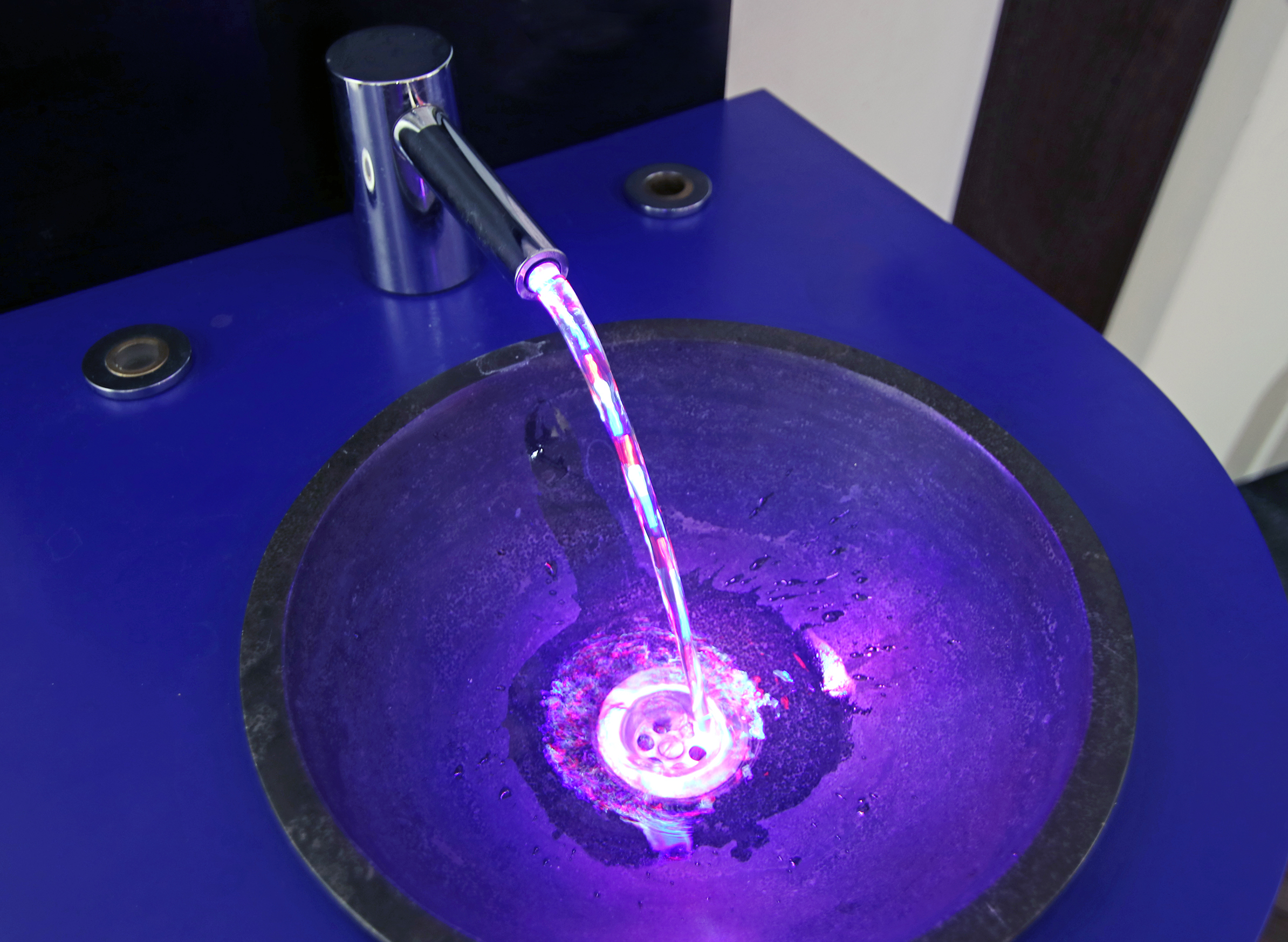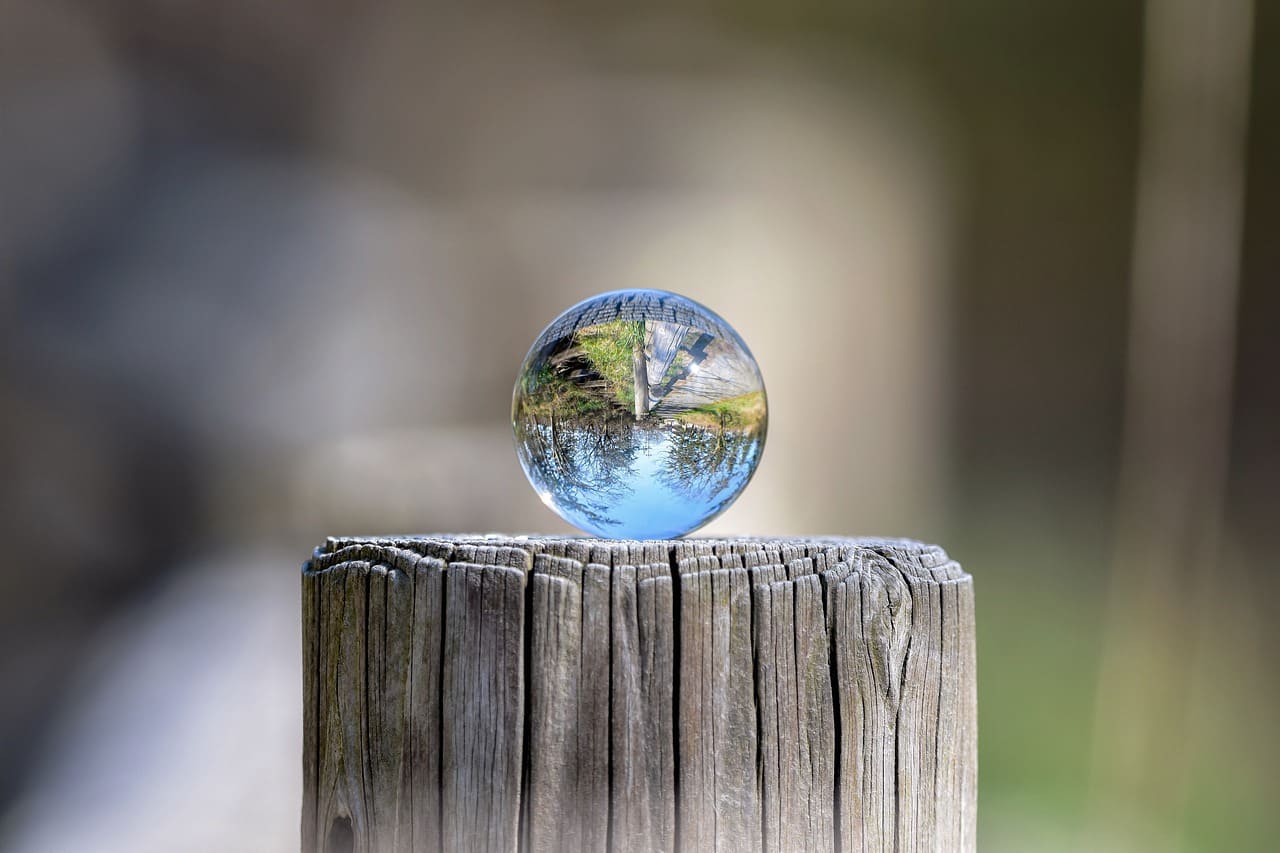
Giant drilling rigs off the coast that pump up freshwater? It’s a strange idea, but one that may well become reality. It has been known since the 1960s that freshwater is not only found on land but that there are also water reserves hidden beneath the seabed.
Back then, this was not so interesting given that there was plenty of drinking water. But with global warming, increasing drought and a growing world population – these reserves are now becoming more and more interesting.
The Helmholtz Centre for Ocean Research Kiel (GEOMAR, Germany) has collected, analyzed and mapped all the information that is currently available on these offshore water resources. The results of the study were published in the scientific journal Reviews of Geophysics.

Offshore freshened groundwater
According to research leader Aaron Micallef, this amounts to a water mass of about one million cubic kilometers. That is enough to fill the Black Sea twice he says. The most important water reserves are located within 55 kilometers off the coast and at depths of up to 100 meters below the ocean surface.
Micallef goes on to explain that the “offshore freshened groundwater” (OFG) was largely formed during the last 2.5 million years, during periods when sea levels were lower than they are today.
300 studies collected
For the study, GEOMAR drew on 300 documented OFG reserves around the world. Obviously, it is possible that more reserves will be found, but Micallef emphasizes that the techniques used to detect OFG have already greatly improved in recent years.
“The latest seismic and electromagnetic methods for seabed exploration, together with improved groundwater models, have significantly improved our understanding of the extent and shape of groundwater deposits over the past few years.”
The MARCAN project
Within the EU, research into OFG reserves is being financially supported by the European Research Council in part through the MARCAN project, which is exploring the seabed off the coast of Malta and New Zealand. The results are very encouraging, claims Micallef, who is also leading this project. “We have been able to detect and examine OFG under a variety of geological conditions.”
Yet there are plenty of questions that still need to be answered before the first water can be pumped up. For example, it is unclear as to how far the water reserves are being supplemented underground, or if the bubbles generated are autnomomous. It is also important to know exactly when the water was formed. Micallef: “This kind of information is indispensable before we can use OFG as a water source.”
You can also read our other articles on the shortage of drinking water here.







